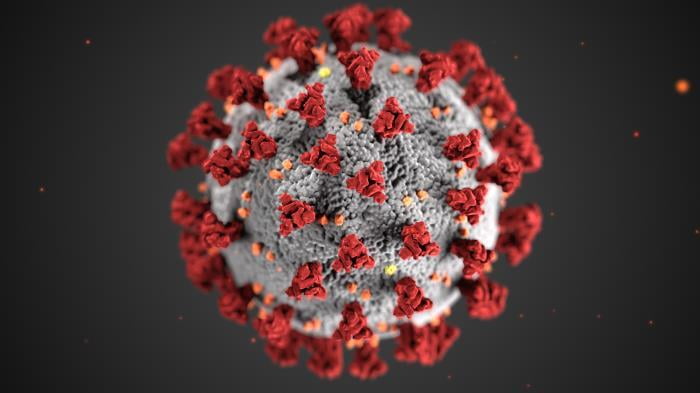
The U.S. Center for Disease Control (CDC) is still learning about how COVID-19 spreads, the severity of illness it causes, and to what extent it may spread in the United States. According to the CDC, COVID-19 symptoms are like those of seasonal influenza (e.g. fever, cough, myalgias, and shortness of breath) that may appear 2-14 days after exposure. Reported illnesses have ranged from mild symptoms to severe illness and death with the most severe cases primarily affecting those over 60 or someone with existing medical conditions.
COVID-19 is thought to spread mainly from person to person through close contact within 6 feet and through respiratory droplets produced when an infected person coughs or sneezes. People are thought to be most contagious when they are showing signs of sickness, but some spread might be possible before people show symptoms. It also may be possible to become infected through indirect contact with a surface or object that has the virus on it, and then touching their own mouth, nose, or possibly eyes. The virus that causes COVID-19 seems to be spreading easily and sustainably in affected communities.
There is no Vaccine to prevent COVID-19. The best way to prevent illness is to avoid being exposed to the virus by avoiding contact with those with symptoms, avoid indirect contact with contaminated surfaces and objects, and taking personal steps to reduce exposure to yourself.
When a medical emergency occurs and you decide to help, there are some simple things you should do. Adherence to standard infection control precautions used whether an infection is suspected or not is a vital first step. This involves the use of personal protective barriers including disposable gloves, eye protection, protective facemasks, or CPR masks with a one-way valve when giving rescue breaths.
For most people, the hands are the body parts most likely to touch surfaces and objects in their environment. Exposure to COVID-19 through contaminated surfaces or objects can be minimized through the use of disposable gloves, especially when providing emergency medical care. Care must be taken during the removal of gloves to prevent additional indirect exposure or contamination.
Wear eye protection such as glasses, face shields, or goggles will help prevent direct exposure to the eyes from splashing or spraying, such as when someone coughs or sneezes.
If you have protective face masks, such as the N95 respirator, follow the CDC’s recommendations for putting one and using it. Place one on an ill or injured person who is showing symptoms of COVID-19 to reduce exposure to yourself and others. Use one yourself if you are in a close setting and providing emergency care. Just like disposable gloves, care must be taken when removing a facemask to prevent indirect exposure or contamination.
Because COVID-19 is a respiratory-based disease, giving rescue breaths, as part of CPR, is of concern. CPR masks with a one-way valve are designed to protect the person giving rescue breaths from exposure to respiratory droplets. AS with other personal protective barriers, care must be taken to avoid additional indirect exposure or contamination during and after using a CPR mask.
For the sudden cardiac arrest of adults, compression-only CPR is recommended if you are unable to, or prefer not to give rescue breaths. Compression-only CPR can circulate the remaining oxygen in the body when sudden cardiac arrest occurs, buying more time to get and use an automated external defibrillator (AED).
Because of the gap in understanding about COVID-19, the situation is evolving, and additional recommendations could follow. Everyone should keep a close eye on the latest COVID-19 information from the CDC and make personal adjustments as more is known about the situation.
